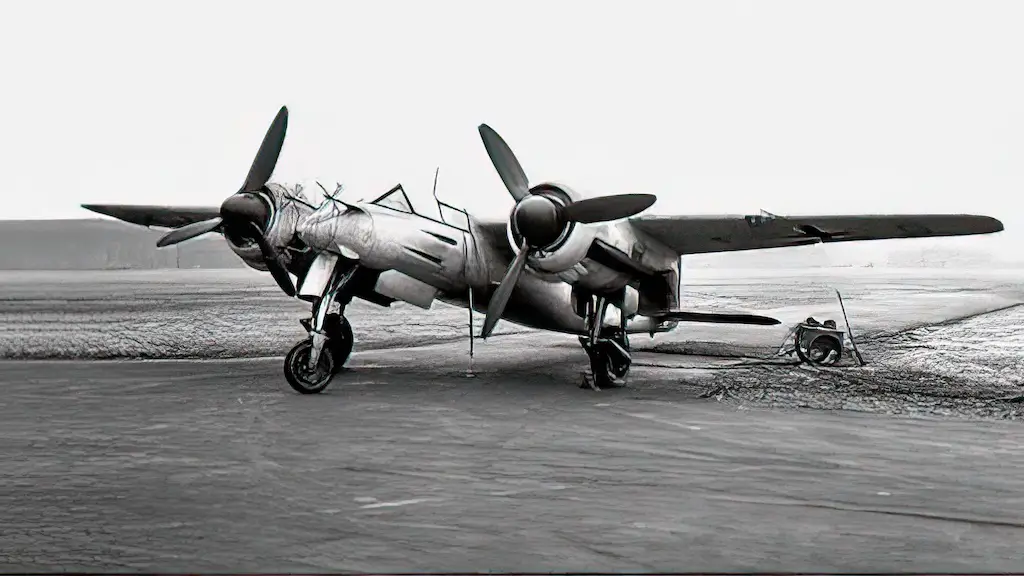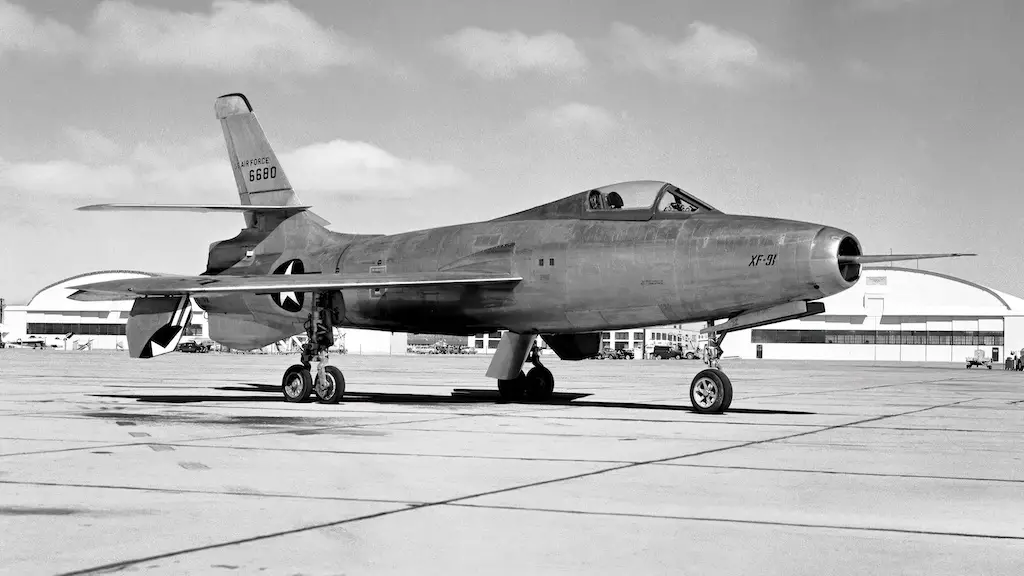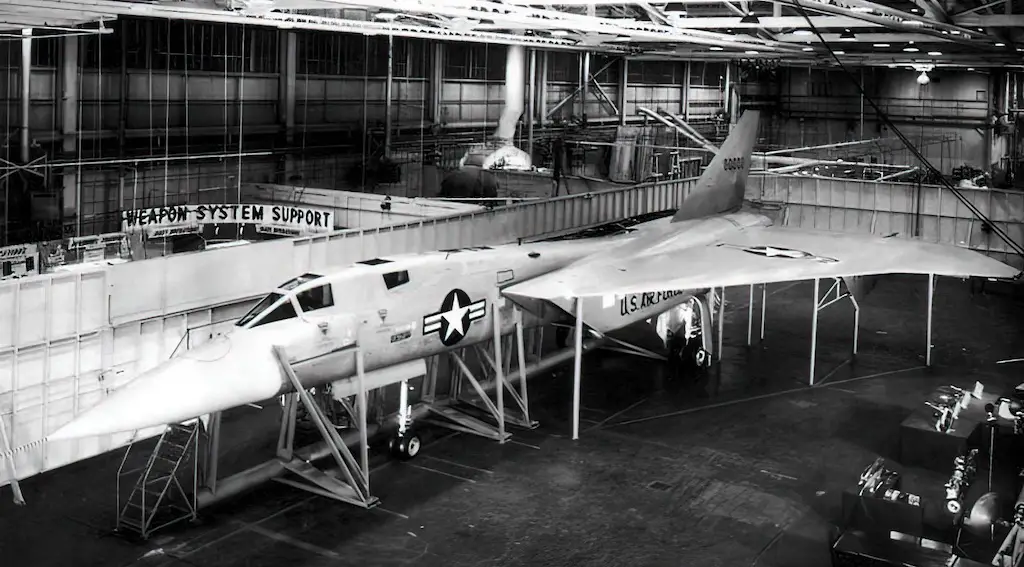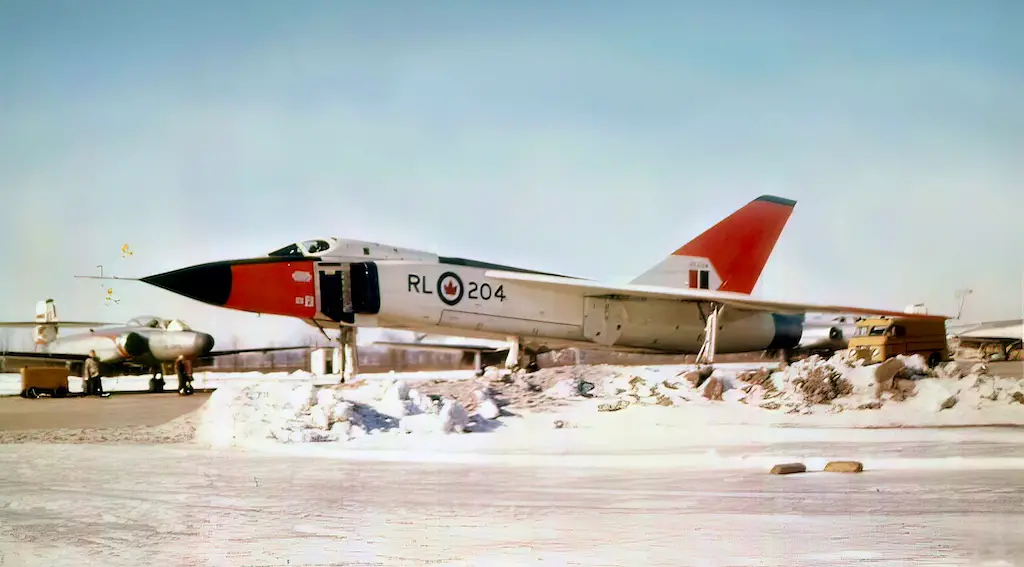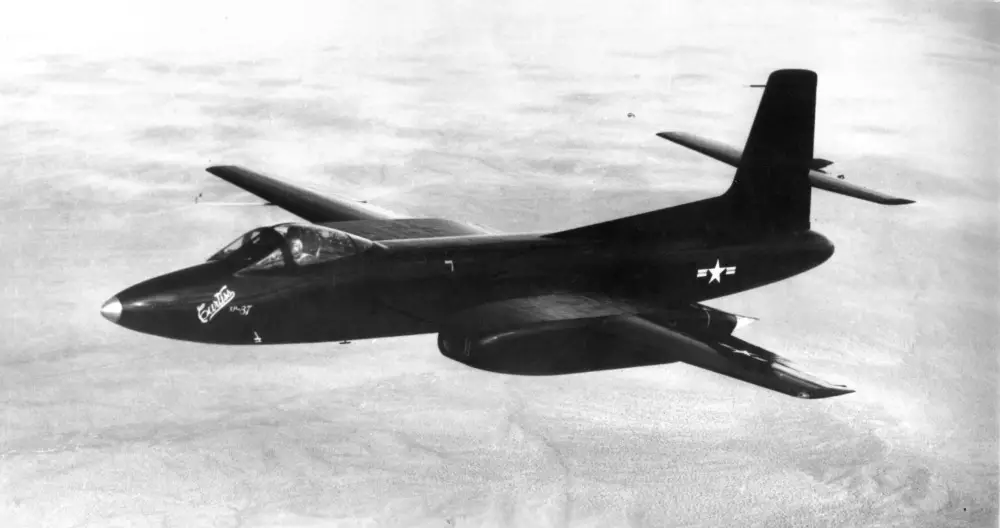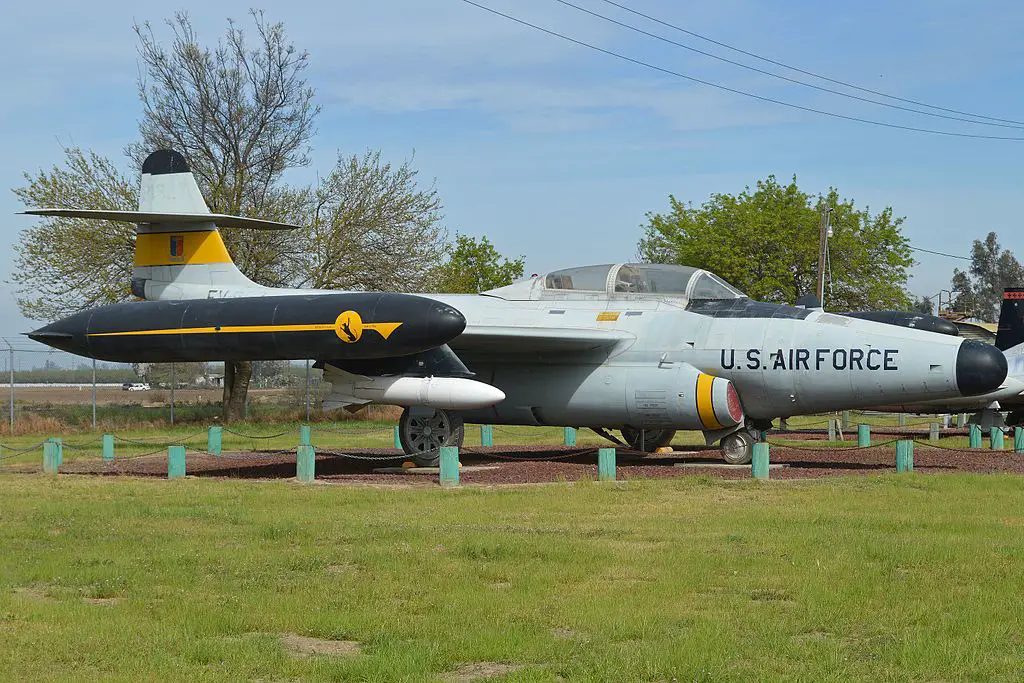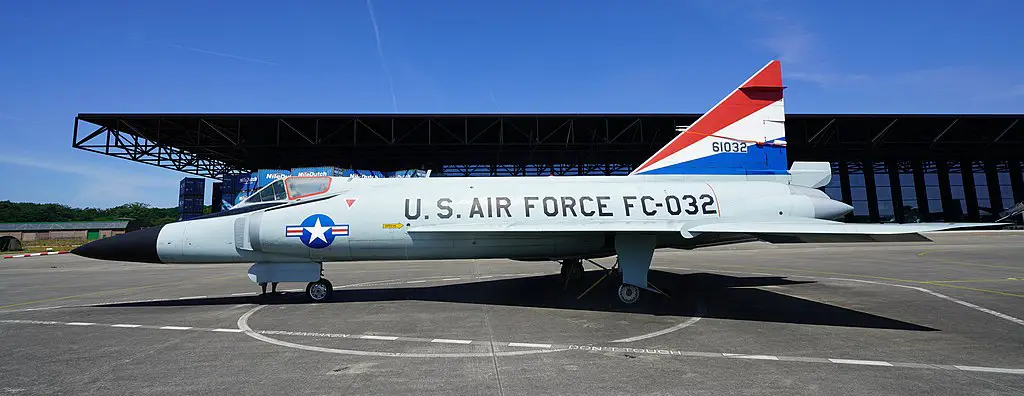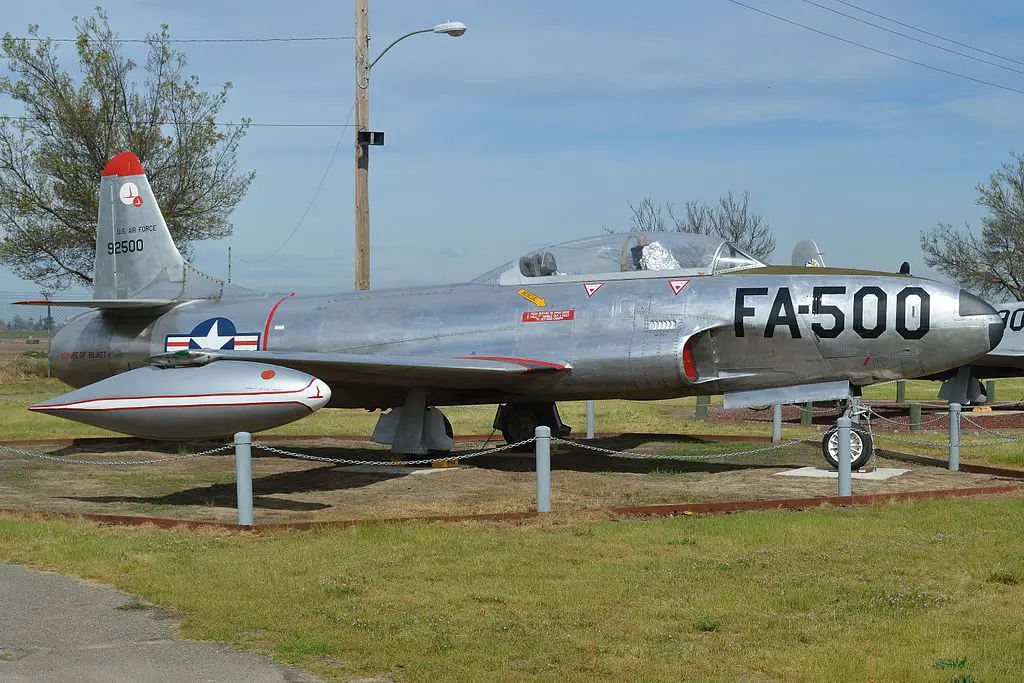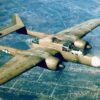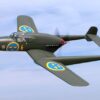In the late 1940s, Curtiss-Wright, an American aviation company, embarked on a journey to create the XF-87 Blackhawk, an all-weather interceptor and fighter jet with the potential to transform the United States Air Force. Unfortunately, the groundbreaking Blackhawk never reached full-scale production. We’ll dive into the history, design, and ultimate fate of this innovative fighter jet in this exploration.
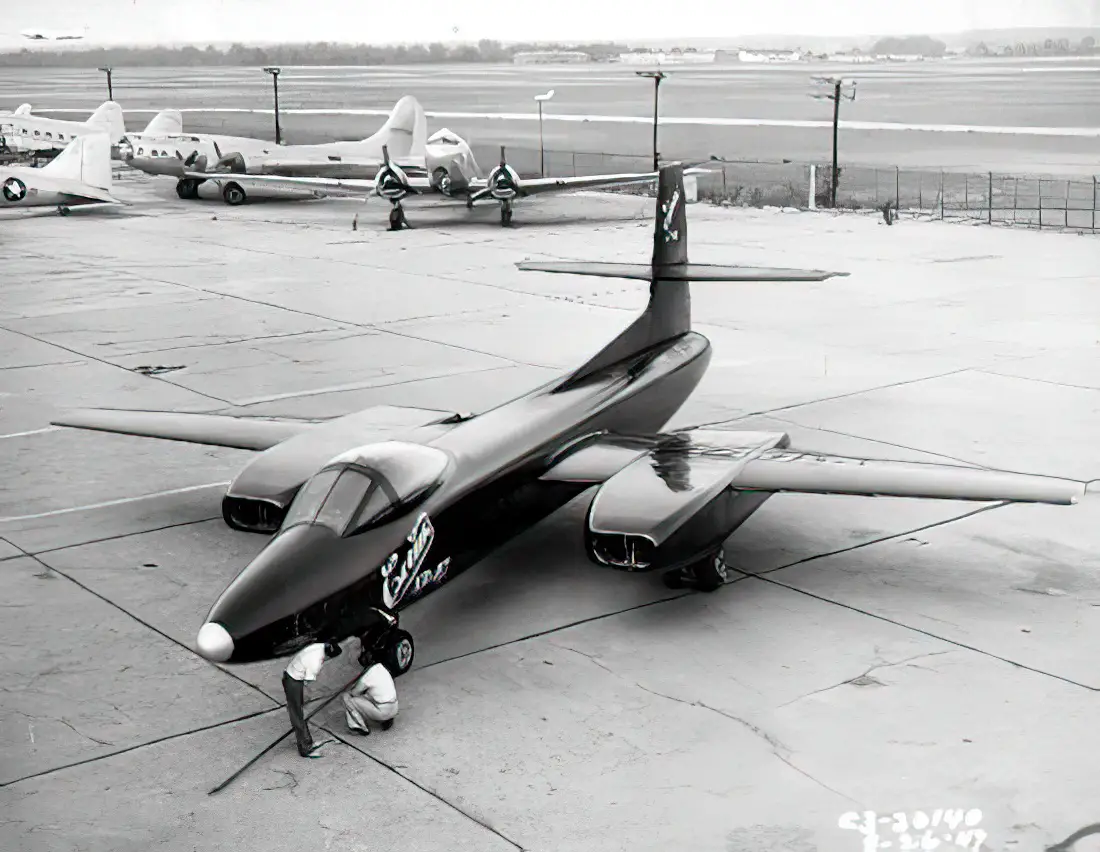
A Race Against Time
After World War II, the United States found itself locked in a fierce arms race with the Soviet Union. Recognizing the vulnerability of the US to nighttime air attacks, military planners sought a high-performance night fighter. In response, the Air Force requested proposals for an all-weather interceptor. Curtiss-Wright, a leading American aircraft manufacturer, stepped up and presented their ambitious design for the XF-87 Blackhawk.
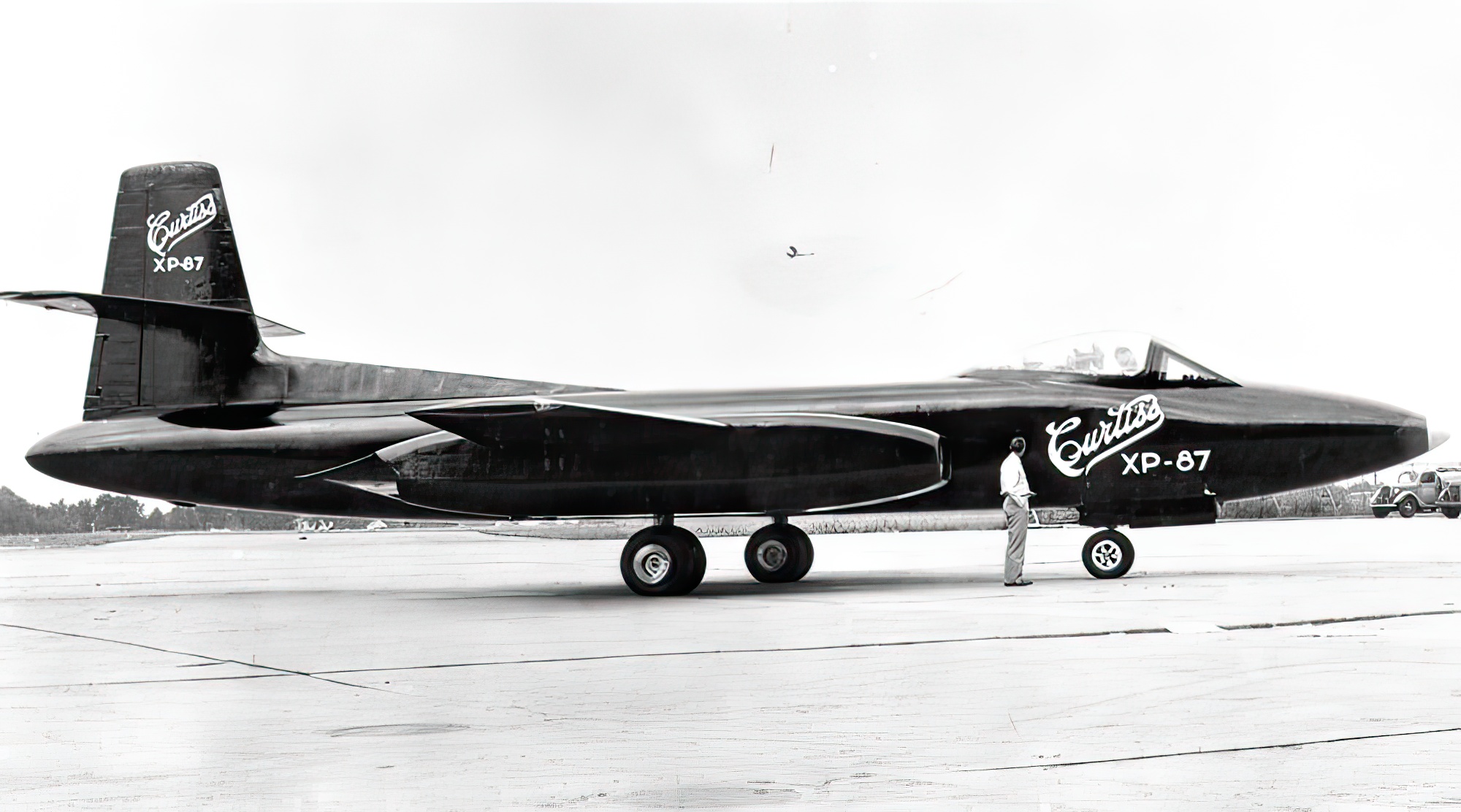
Design
Sporting a large, sleek, straight-wing, twin-engine jet design, the XF-87 radiated both elegance and power. Driven by two Westinghouse J34-WE-7 turbojet engines, the aircraft could reach remarkable speeds of about 520 miles per hour and travel a distance of 1,000 miles. Boasting a 60-foot wingspan and an overall length of 65 feet, the Blackhawk was ready to conquer the skies.
The Blackhawk called for a tightly-knit crew of four, comprising a pilot, co-pilot, radar operator, and tail gunner. Sitting side by side in a pressurized cockpit, the pilot and co-pilot nurtured a bond of camaraderie and trust, while the radar operator and tail gunner held positions further back in the fuselage. This remarkable aircraft came fitted with advanced electronic systems, including the cutting-edge Hughes E-6 fire control radar system, which could detect and track targets up to 25 miles away.
Flight Testing and Evaluation
On October 5, 1948, the first prototype of the XF-87 Blackhawk took to the skies for its maiden flight. The aircraft showed stable flight characteristics and good performance during flight tests. However, these tests also revealed several issues, such as insufficient engine power, which kept the aircraft from reaching its specified top speed.
Determined to overcome these problems, the Air Force ordered modifications, including more powerful engines. Curtiss-Wright built two additional prototypes featuring Westinghouse J34-WE-15 engines, which delivered increased thrust. Although these changes improved the Blackhawk’s performance, the aircraft still couldn’t meet the required top speed.
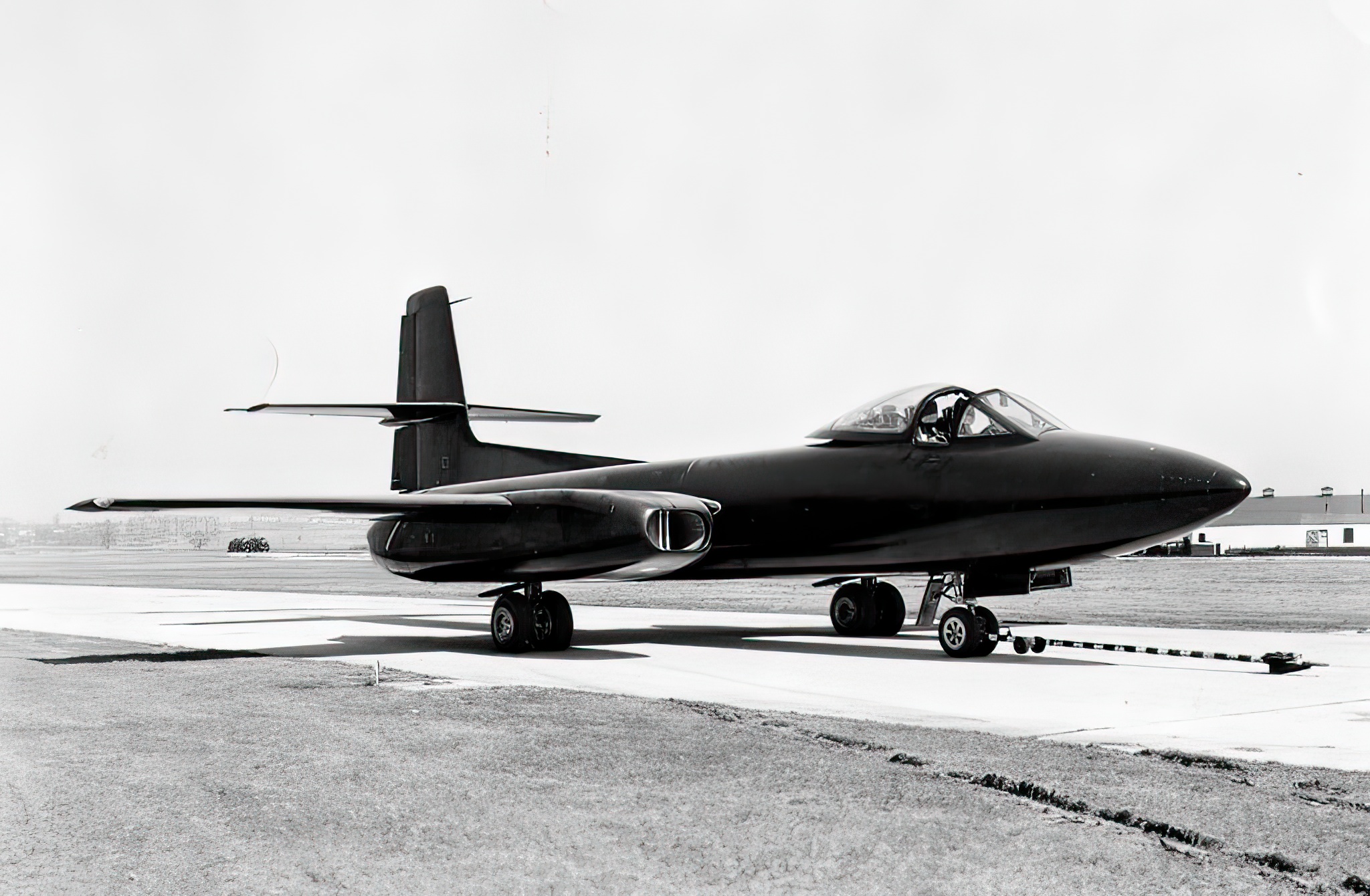
Cancellation and Legacy
In 1949, the Air Force chose the Northrop F-89 Scorpion as its all-weather interceptor and canceled the XF-87 Blackhawk program. The cancellation was primarily due to the Blackhawk’s inability to meet the required top speed and the swift advancements in jet engine technology that made its design outdated.
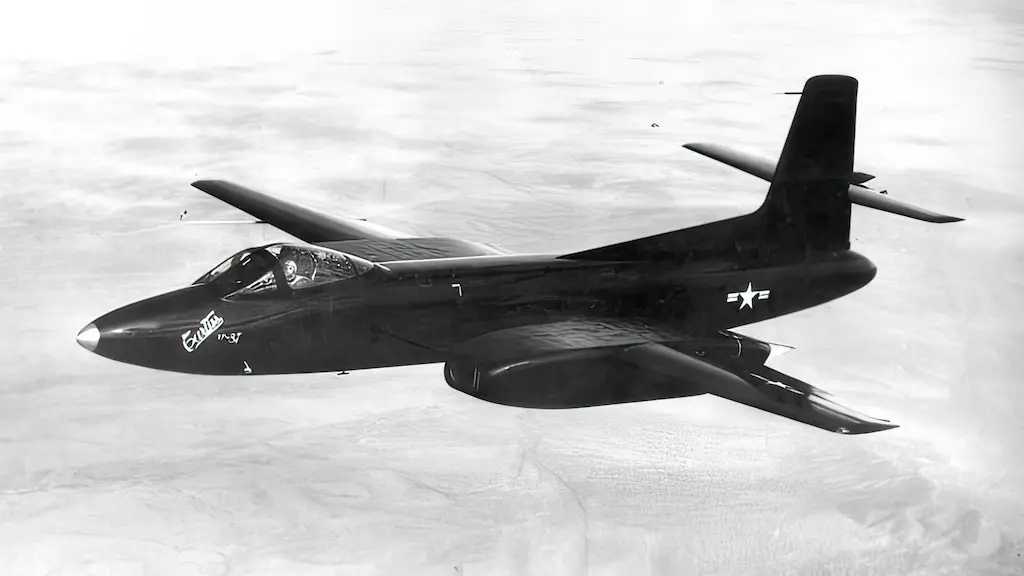
While the XF-87 Blackhawk never saw production, it left a lasting impact on the development of all-weather interceptor aircraft. The experience and knowledge gained during the Blackhawk’s design and testing phases went on to influence other aircraft designs, including the F-94 Starfire and the F-102 Delta Dagger. The story of the Blackhawk is a testament to the relentless pursuit of innovation and the drive to push the boundaries of aviation possibilities.

